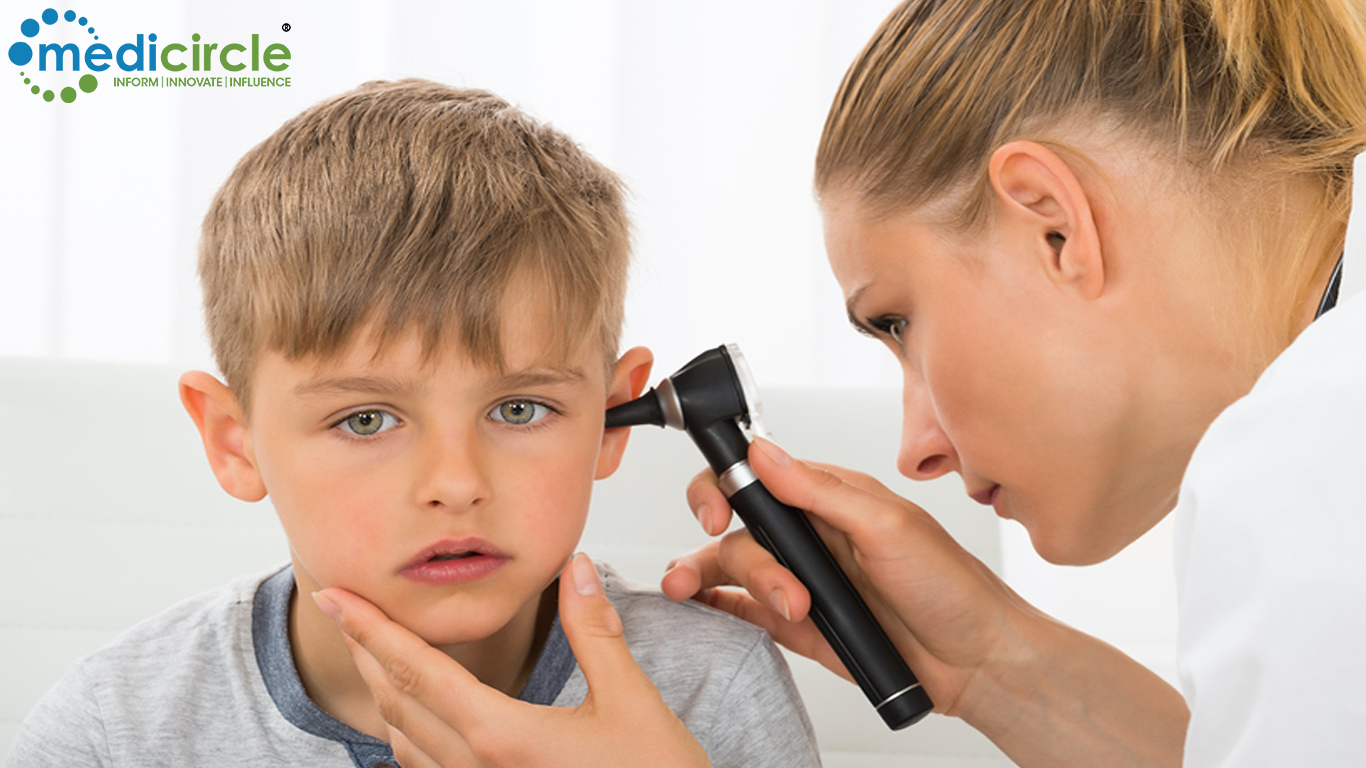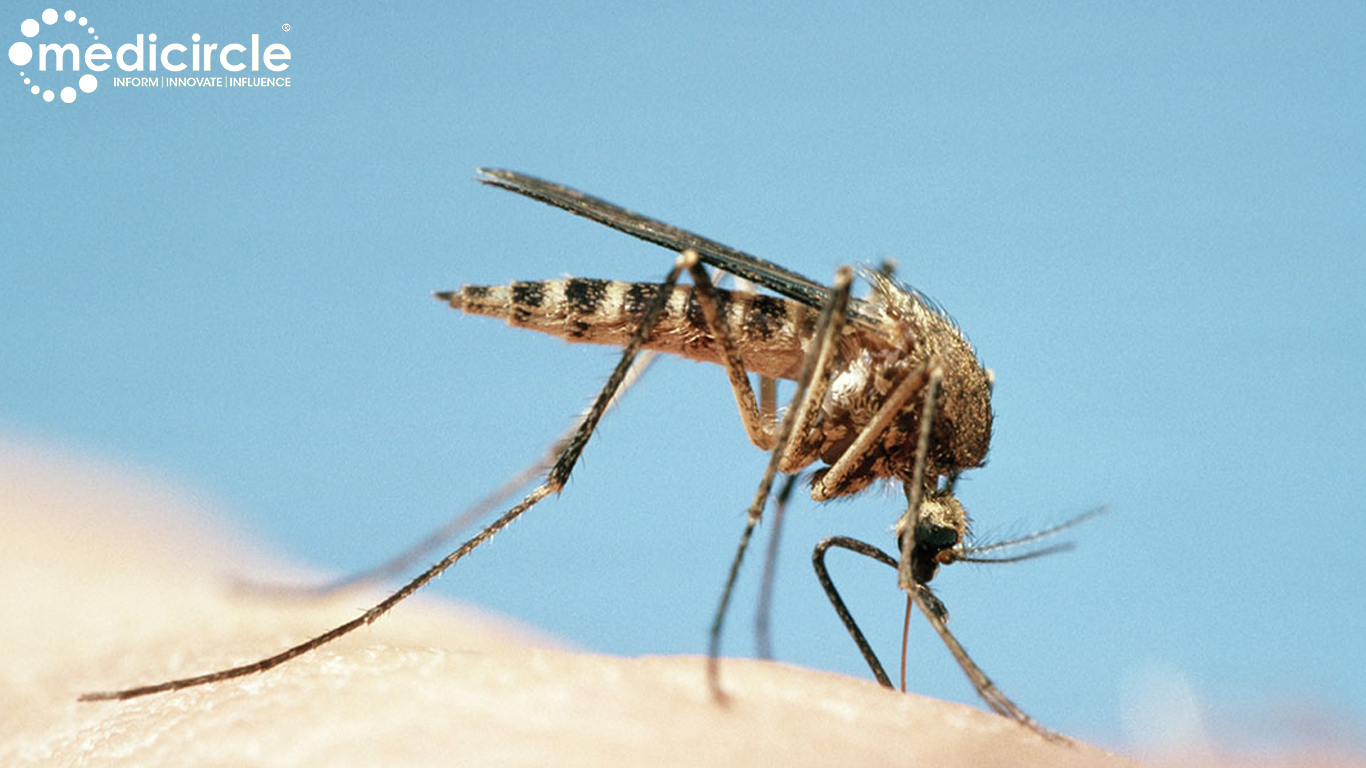In light of new data, the US Centers for Disease Control and Prevention on Friday relaxed its physical distancing guidelines for children in schools to recommend most students maintain at least 3 feet of distance. It had previously said schools should try to maintain at least 6 feet of distance between children.
The agency released three new studies on Friday that it says support distancing of 3 feet between students, so long as everyone is wearing a mask and other prevention measures are in place. Another study recently published in the journal Clinical Infectious Diseases found there was no difference in Covid-19 rates between Massachusetts schools that mandated 3 feet of physical distance compared with 6 feet.
But this only works if schools are taking other steps, too, CDC Director Dr Rochelle Walensky said during a White House Covid-19 briefing on Friday.
"These include universal and correct use of masks, physical distancing, hand washing and respiratory etiquette, cleaning to maintain healthy facilities and diagnostic testing with rapid and efficient contact tracing in combination with isolation in quarantine and in collaboration with local health departments," Walensky said.
Experts said the move may allow more schools to open -- or open to more students.
But teachers unions said they wanted to see more information about the science behind the decision, and expressed concern about whether some schools could implement the safety measures necessary.
What's in the CDC guidance
As always, masks are key. At times when it's not possible to accommodate masks, as when eating, CDC says 6 feet of distance should be maintained.
In the new guidance, CDC recommends keeping students and teachers in distinct groups, or cohorts, throughout the day and maintaining 6 feet of distance between those groups, when possible. In middle schools and high schools where community transmission is high, CDC advises students to stay 6 feet apart, if the cohort is not possible.
CDC also recommends 6 feet of distance in common areas, such as lobbies and auditoriums, and during activities like singing, shouting, band or sports practices. They say it's better to move those kinds of activities, where increased exhalation occurs, outdoors or to well-ventilated spaces.
In classrooms, CDC says layout changes, like removing nonessential furniture and facing desks in the same direction, can help maximize the distance between students. On school buses, the agency recommends seating students one child per row, skipping rows and opening windows to increase ventilation.
When it comes to adults, including teachers and staff, the agency says it's better to stick to 6 feet of distance, both with other adults and with children.
"Several studies have found that transmission between staff is more common than transmission between students and staff, and among students, in schools," the agency notes.
CDC advises limiting interaction among teachers and staff during meetings and breaks.
Studies found low levels of transmission in schools
Low levels of in-school coronavirus transmission in three states helped persuade the CDC to lower its distancing guidelines for many schools from 6 feet to 3 feet.
The reports from Utah, Missouri and Florida said if students wore masks and followed other measures to reduce transmission, the 6 feet of distance didn't matter so much.
In Florida, 60% of Covid-19 cases among students were not school-related, a team of CDC and Florida Department of Health researchers reported. "Fewer than 1% of registered students were identified as having school-related COVID-19," they wrote in the report, released by the CDC Friday in its Morbidity and Mortality Weekly Report. "These findings add to a growing body of evidence suggesting that COVID-19 transmission does not appear to be demonstrably more frequent in schools than in noneducational settings."
Sporting and social events were more dangerous than classrooms, they said.In Utah, a study found that 86% of students wore masks in elementary school classrooms and very few passed the virus to others. "Despite high community incidence and an inability to space students' classroom seats 6 feet or more apart, this investigation found low SARS-CoV-2 transmission and no school-related outbreaks in 20 Salt Lake County elementary schools with high student mask use and implementation of multiple strategies to limit transmission," researchers wrote.
And in Missouri, where only 27% of schools were able to space desks 6 feet apart, a two-week-long investigation found only two people infected anyone else at school, and in both cases, it was only one other person. The short study, conducted in St. Louis and Springfield, found almost all the schools took multiple measures to prevent transmission aside from desk spacing. These included barriers between teachers and students, handwashing or hand sanitizing stations and improvements to ventilation. All had mask mandates.
For schools returning to the classroom, it's important to implement layers of safety precautions, so if one fails, another will provide some protection, said Dr Naomi Bardach, the lead for California Health and Human Services' school reopening plan.
She said the updated guidance will give schools more options.
CDC says Covid-19 testing can provide additional protection for sports and in schools that use less than 6 feet of distancing between students in classrooms.
"You have to always be thinking about the layers in place," said Bardach. "What are those other layers? It's the masking, it's the ventilation, hand hygiene, symptom screening and then exposure screening. It's thinking about all those layers together."
https://edition.cnn.com/2021/03/19/health/cdc-physical-distancing/index.html

 New school safety guidelines from CDC
New school safety guidelines from CDC
























.jpeg)








